
Cost to Get UL Certification for Light Fixtures
UL is an important national standard setter in the United States. Similar to China's GB standards, light fixtures in China adhere to the national GB standards, while in the U.S., LED lighting fixtures adhere to the UL national standards (UL153, UL1598, UL1993, UL8750). One of the reasons UL certification is so popular in the U.S. is that buyers can receive many insurance benefits when purchasing products with the UL certification mark. Moreover, the National Electrical Code (NEC) explicitly requires certain products to have UL certification.
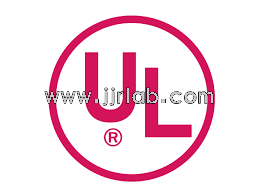
UL Certification Standards for LED Light Fixtures
1. UL1598 Standard: For Fixed Luminaires
Covers luminaires used in non-hazardous locations and connected to branch circuits rated at less than 600V. This standard generally applies to most wired luminaires, including recessed lights, wall lights, ceiling lights, and street lights. The standard includes general requirements, mechanical structure, electrical structure, incandescent lamp requirements, fluorescent lamp requirements, mechanical testing, and Electrical Testing.
2. UL153 Standard: For Portable Luminaires
Covers luminaires used for task lighting or ambient lighting and connected to 120V, 15 or 20 amp branch circuits via a power cord plug. Essentially, any luminaire with a power cord and plug that does not fit other specific standards falls under this standard.
3. UL1993 Standard: For Self-Ballasted Lamps and Adapters
A tri-national standard issued by UL (USA), CSA (Canada), and ANCE (Mexico), and also approved as an ANSI standard in the USA. It covers self-ballasted lamps and adapters with rated input voltage from low voltage up to 347V. This standard is used to evaluate self-ballasted fluorescent lamps (CFLs), LED bulbs, and LED tubes for the North American market.
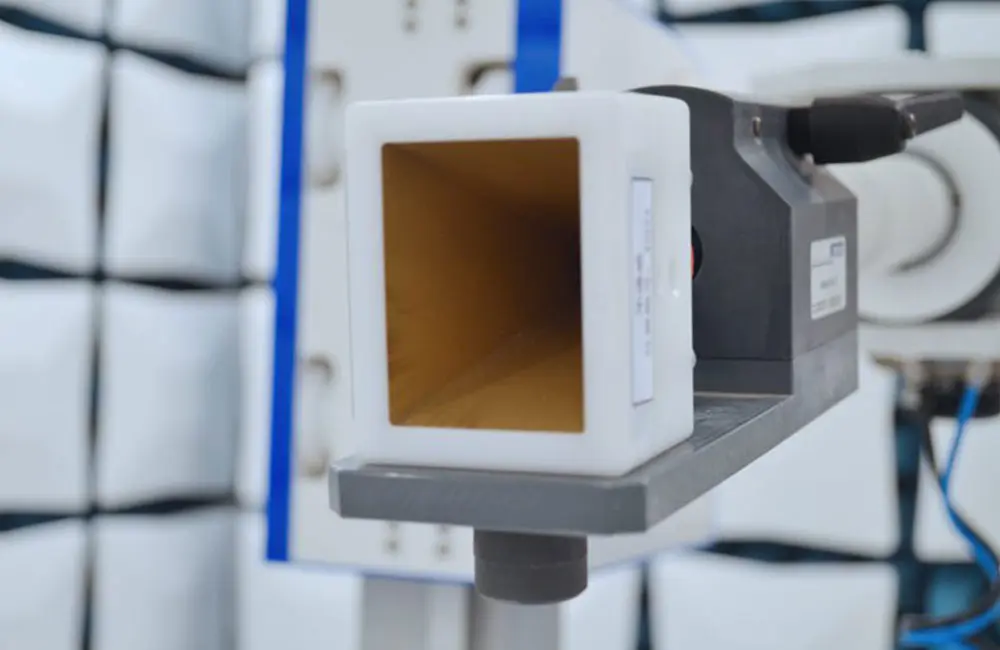
4. UL8750 Standard: Supplementary Standard for LED Lighting Components
When the light source or emitting element is an LED, the LED components must be evaluated using the UL8750 standard.
These four standards primarily address three major hazards: electric shock, fire, and mechanical injury. Simply put, luminaires that meet the UL certification standards ensure that they do not cause electric shocks, fires, or mechanical injuries to American consumers. LED lighting products with UL certification can carry the UL mark.
Additional UL Standards
- UL1598: Ceiling lights, wall lights, recessed lights, street lights
- UL1573: Stage and studio luminaires
- UL676: Underwater and swimming pool lights
- UL1574: Track lighting
- UL1993: Energy-saving lamps
- UL1786: Night lights
- UL2388: Flexible lighting products
- UL496: Lamp holders
- UL1838: Low voltage landscape lighting
- UL2108: Low voltage lighting systems
- UL48: Electric signs
- UL924: Emergency lighting
- UL153: Cabinet lighting
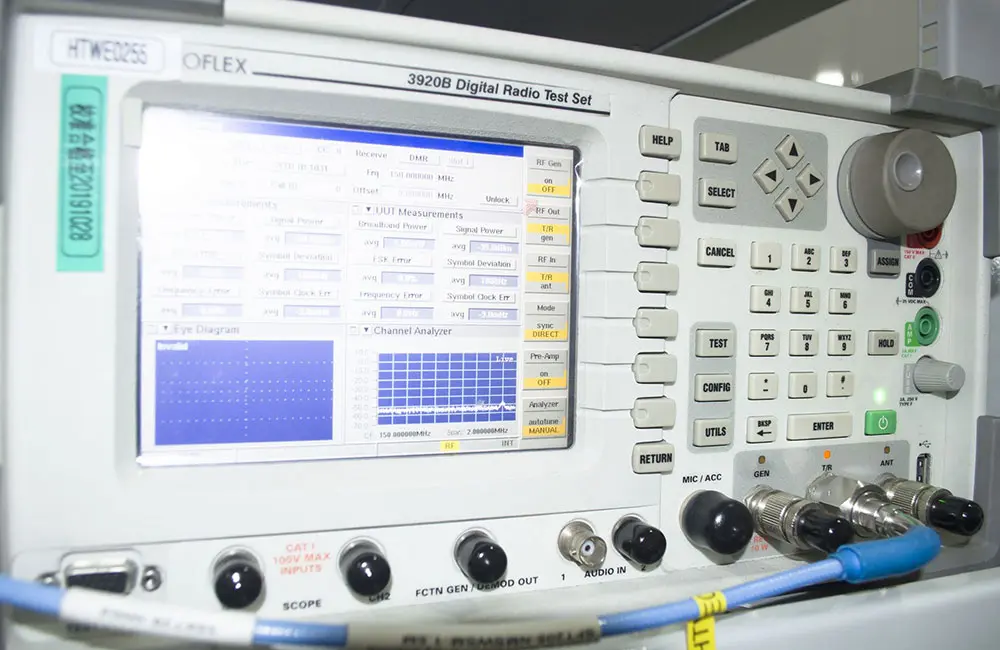
UL1598 Certification Testing Items
1. Grounding test
2. High voltage test
3. Polarity test
4. Pull test
5. Stability test
6. Installation test
7. Temperature rise test
8. Leakage test
9. Dielectric strength test
10. Power cord pull test
11. Stability test
Cost of UL1598 Certification
The cost of UL certification varies because testing and certification fees are not fixed. This is due to the diversity of products and their specific testing requirements, which vary depending on product specifications and circuit diagrams. Therefore, the exact cost needs to be determined based on the product's specifications and required testing items.
Email:hello@jjrlab.com
Write your message here and send it to us
 ASTM D4169 Drop Test
ASTM D4169 Drop Test
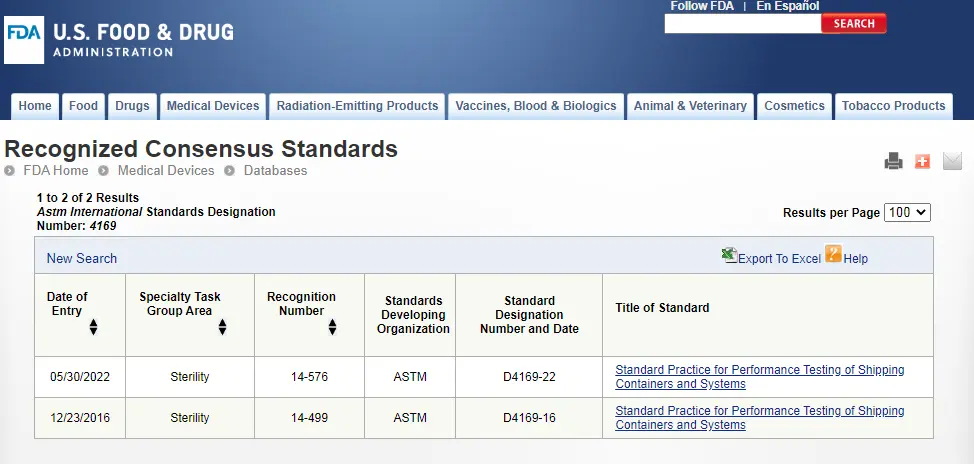 ASTM D4169 Packaging Simulation Transportation Tes
ASTM D4169 Packaging Simulation Transportation Tes
 What is ASTM D4169 Testing?
What is ASTM D4169 Testing?
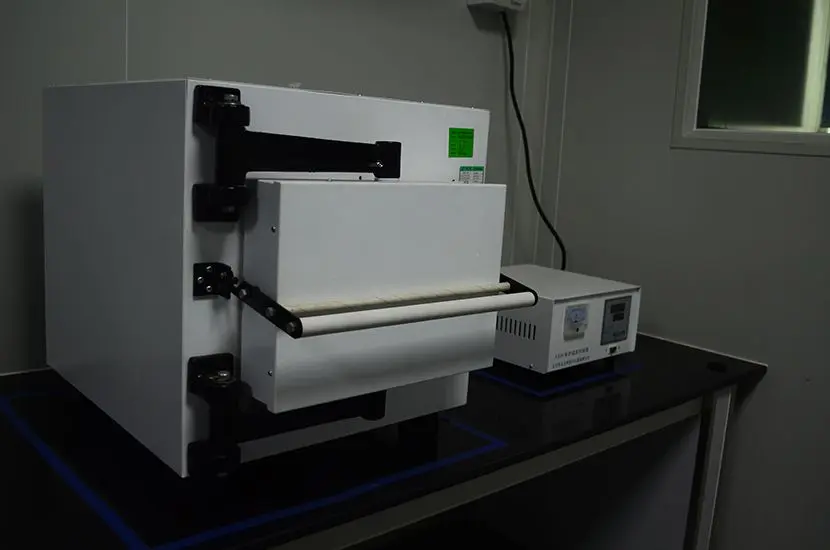 ASTM D4169-23 Test Standard Revision
ASTM D4169-23 Test Standard Revision
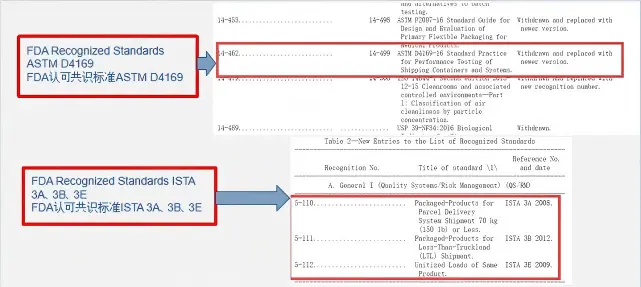 Transport Simulation Testing for Medical Device Pa
Transport Simulation Testing for Medical Device Pa
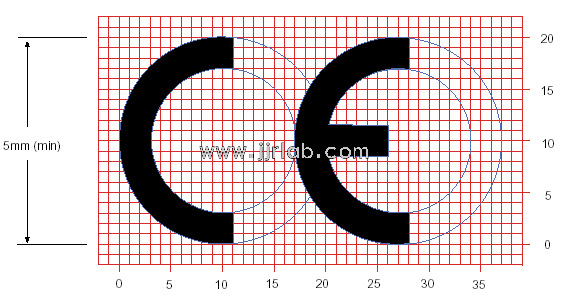 EU CE Certification Guidelines for Lighting Fixtur
EU CE Certification Guidelines for Lighting Fixtur
 Lithium Battery Export: CB Certification & IEC
Lithium Battery Export: CB Certification & IEC
 How to Apply for One FCC Certificate for Multiple
How to Apply for One FCC Certificate for Multiple
Leave us a message
24-hour online customer service at any time to respond, so that you worry!




